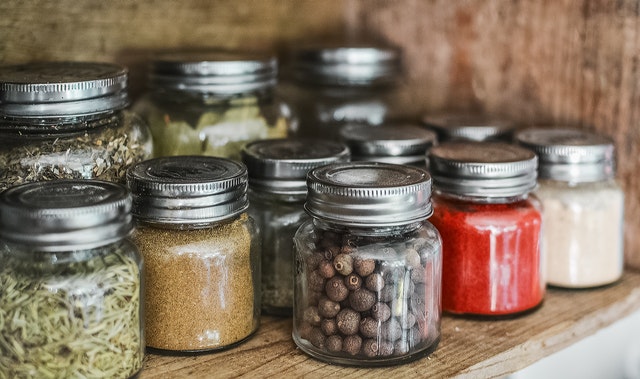Salicylate intolerance has been known for around 100 years, but this is still something that is not commonly thought of in the first instance for many conditions.
Salicylates are a group of chemicals derived from salicylic acid which can occur naturally in plant foods and are also chemically made such as medications – the most known salicylate is aspirin.
Usually, salicylate intolerance becomes an issue after exposure to high amounts of salicylates in the diet, environment and from high use of salicylate containing medications. It is not a true allergy, but an increase of sensitivity over time.
Where are salicylates found?
Salicylates are found in plant foods as the plant has this chemical compound to help protect itself from insects, fungi and other diseases. It’s natures anti-microbial. Different plants have varying levels of how much salicylates they contain. It ranges from negligible, low, moderate, high and very high levels. Herbs and spices predominately fall in the very high category.
 Other examples of foods in the high category include, but are not limited to:
Other examples of foods in the high category include, but are not limited to:
- Apples
- Apricots
- Almonds
- All berries
- Cloves
- Cherries
- Cucumbers
- Currants
- Grapes,
- Mint
- Oil of wintergreen
- Capsicums
- Peaches
- Pickles
- Plums
- Raisins
- Tangelos
- Tomatoes

Aspirin – the most well-known medication form of salicylates is made with salicylic acid which has been buffered by phenol and carbon dioxide to form acetylsalicylic acid. This has made it easier on the stomach than traditional willow bark. Aspirin was inspired by the herb willow bark which was the traditional remedy for fever, aches and pains. Other medications such as non-steroidal anti-inflammatories also contain salicylic acid eg. ibuprofen.
Ingesting salicylates is not the only way we can develop sensitivity to this chemical. Also breathing this in through essential oil use (lavender, eucalyptus and tea tree), laundry products, cleaning products and skincare products can also contribute to this increase in intolerance. Toothpastes can play a role too.
What are common symptoms of salicylate intolerance?
The most common symptoms that can arise from salicylate intolerance include:
- Hay-fever or cold-like symptoms
- Nasal polyps
- Asthma
- Hives, skin rashes
- Gut inflammation and irritation (stomach pain) – this is particularly common from the medication forms of salicylates
- Eczema
- Headaches/migraines
- In children – sleep disturbance, behavioural problems, anxiety and depression
There is no simple test to know if you are salicylate intolerant/sensitive, so it is a matter of taking out high salicylates from the diet and environment and seeing what impact that has on symptoms and then bringing those foods/products back in again.
Reducing exposure to these products for a period of time and then reintroducing them, plus doing some nutritional support work for the particular symptom profile, can mean salicylates will be able to be tolerated again and it may not be a lifelong sensitivity.
If you would like to investigate food intolerances/food allergy testing or work on salicylate intolerance contact me – megan@balancingnutrition.com.au or 0417 679 287.
References available upon request
Megan Crockart is a qualified Holistic Nutritionist & a self-confessed foodie! Megan has a special interest in working with individuals with allergies, food intolerances, SIBO, eczema, pre- & post-natal health & children’s health.
To book a consultation with Megan please click here.

